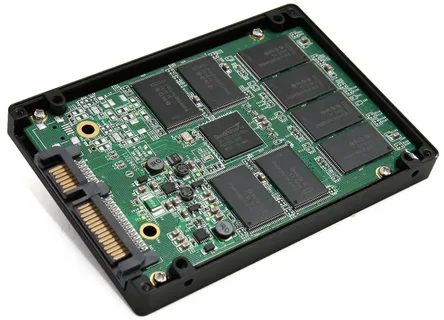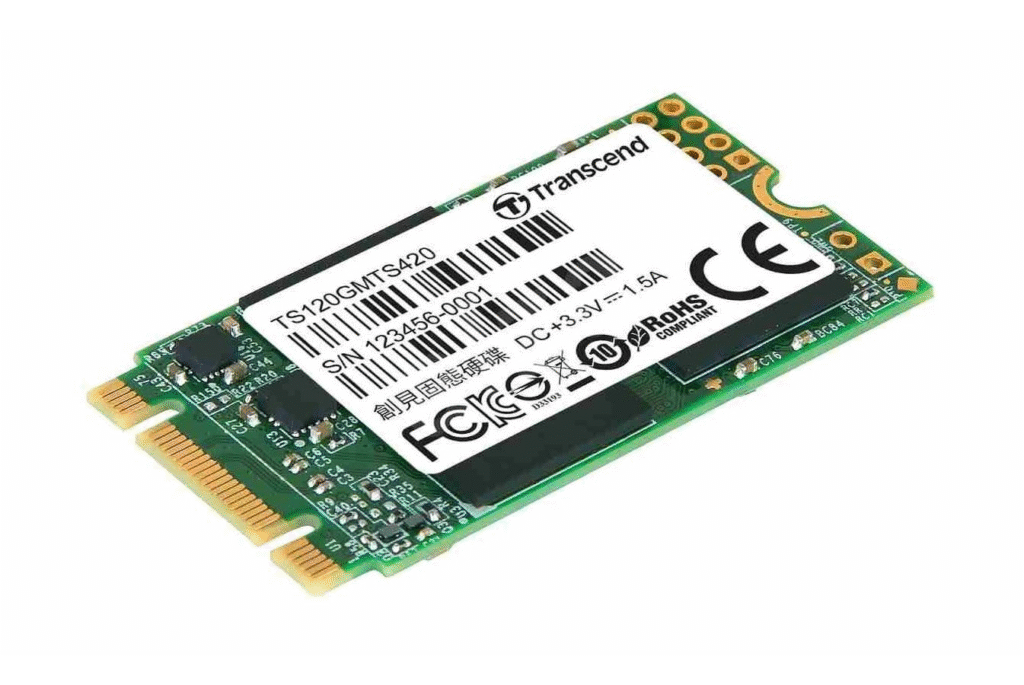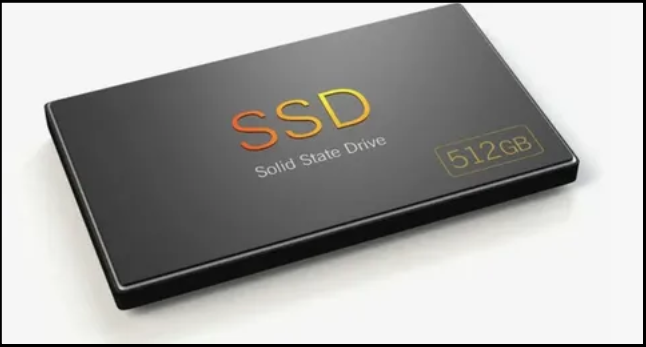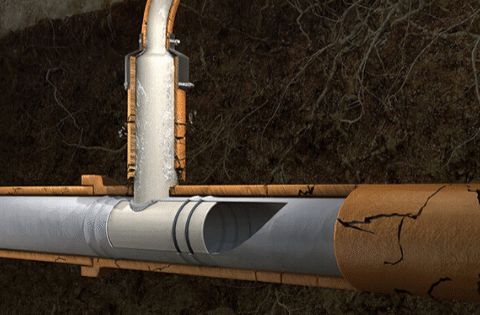In today’s fast-paced digital world, speed and efficiency are critical for both personal and professional computing. Whether it’s running complex software, handling large datasets, or simply booting up a laptop, storage plays a vital role in overall system efficiency.
Traditional hard drives, with their moving parts, often fail to keep up with modern computing demands. Solid State Drives (SSDs) have quickly become the preferred solution, offering faster speeds, greater durability, and improved energy efficiency.
SATA-based SSDs stand out as a balanced option, providing both affordability and performance for a wide range of applications.
Understanding the Role of Storage in Performance
Every application, from operating systems to creative software, depends on how quickly data can be read or written. Slow storage leads to delays, longer load times, and reduced productivity.
Modern workloads, such as video editing, data analysis, and cloud applications, require storage solutions that can keep up with rapid data access needs. This is where SSDs make the difference.
Unlike mechanical hard drives, they rely on flash memory, allowing instant access to stored data. This change in design results in faster boot times, quicker file transfers, and smoother multitasking across devices.
Why SATA SSDs Are Still Relevant
Although newer NVMe SSDs dominate high-performance markets, SATA Solid State Drives remain highly valuable. They provide an excellent balance between cost and capability.
For users upgrading from traditional hard drives, SATA SSDs deliver a significant performance boost without requiring new hardware. Most laptops, desktops, and servers support SATA connections, making these drives a practical option for immediate performance improvements.
Their affordability also makes them an attractive solution for businesses seeking to upgrade large numbers of systems while staying within budget.
Speed and Responsiveness
One of the most noticeable benefits of SATA SSDs is responsiveness. Boot times are reduced to seconds, software launches quickly, and files transfer smoothly. While they may not match the highest-end NVMe drives, the improvement over HDDs is remarkable.
This enhanced responsiveness enables smoother multitasking, letting users switch between applications without the delays typical of slower storage. For everyday use cases, SATA SSDs provide more than enough speed to keep operations running seamlessly.
Reliability and Durability
Traditional hard drives depend on spinning disks, which are prone to wear and tear over time. SATA SSDs, built with solid-state components, eliminate this issue. With no moving parts, they are less vulnerable to physical damage, shock, or vibration.
This durability makes them especially valuable in portable devices like laptops, where mobility and reliability are essential. Businesses also benefit from lower failure rates, which help minimize downtime and reduce maintenance costs.
Energy Efficiency Benefits
SATA SSDs consume less power compared to mechanical hard drives. This lower energy usage reduces electricity costs and helps devices run cooler. For laptops, this translates into extended battery life, allowing professionals to stay productive for longer periods without needing a recharge.
In large-scale server environments, reduced power consumption not only lowers operating expenses but also decreases the cooling requirements of data centers. This makes SATA SSDs a smart choice for sustainable IT infrastructure.

Wide Compatibility Across Systems
One of the strongest advantages of SATA SSDs is compatibility. Nearly all modern and legacy systems support the SATA interface. This allows users to upgrade older machines without having to replace motherboards or invest in major hardware changes.
This flexibility ensures that both individuals and enterprises can adopt faster storage without major disruptions to existing setups. It’s a simple yet effective way to breathe new life into aging systems.
Enterprise Applications of SATA SSDs
While SATA SSDs are often associated with consumer devices, they also play a critical role in business environments. Enterprises frequently use them for tasks where consistent performance and reliability are more important than peak speeds.
For example, file servers, virtual desktops, and backup storage systems benefit greatly from SATA SSDs. By integrating these drives, businesses can achieve quicker access, more dependable operations, and greater scalability compared to HDD-based infrastructures.
Balancing Cost and Value
Investing in storage is not only about speed but also long-term value. Enterprise Solid State Drive offers businesses both durability and performance at a reasonable cost.
While premium NVMe solutions may suit specific high-performance tasks, SATA SSDs remain an ideal choice for organizations seeking dependable storage that balances efficiency and affordability.
This makes them suitable for small businesses, educational institutions, and enterprises managing budget constraints.
Preparing for the Future of Workloads
As data volumes grow and workloads become more complex, having scalable and reliable storage is essential. SATA SSDs can handle demanding tasks today while also providing a solid foundation for future upgrades.
Their ability to support virtualization, large file handling, and consistent multitasking makes them a reliable solution for professionals across industries. By choosing the right SSDs now, organizations can prepare for the challenges of tomorrow without compromising current performance.

Smarter Storage Choices for Long-Term Success
Storage is at the heart of modern computing, influencing everything from individual productivity to enterprise-scale operations. SATA SSDs provide a unique combination of speed, reliability, and cost-efficiency that makes them indispensable for many users.
Specialised providers, such as Cloud Ninjas, offer a range of storage solutions tailored to different needs. By investing in SATA SSDs today, users can ensure smoother workflows, enhanced reliability, and scalable performance for years ahead.







